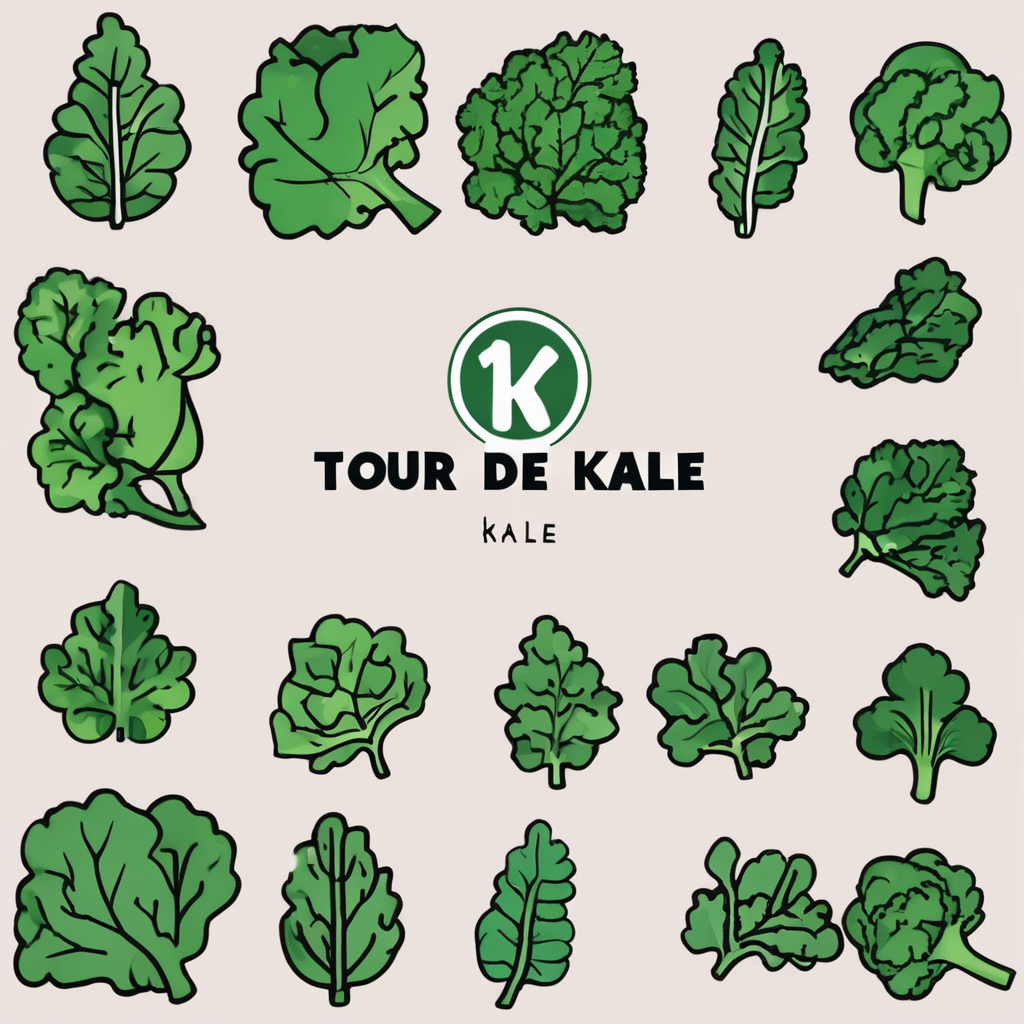Essential Elements of Traditional and Modern UK Kitchens
In UK kitchen design, traditional kitchens often emphasize warmth and timelessness. These kitchens typically feature classic materials such as solid wood cabinetry, often in painted finishes like cream or pastel shades. Traditional kitchen features include ornate details like raised panel doors, crown mouldings, and decorative corbels. Layouts are generally more compartmentalized, offering a cozy, inviting atmosphere. Natural stone or ceramic tile backsplashes and wooden worktops add to the authentic feel.
In contrast, modern kitchen features in the UK embrace simplicity and functionality. Expect sleek, flat-panel cabinets in materials like high-gloss lacquer or matte finishes. Colour palettes lean toward neutrals and monochromes, with occasional bold accent tones. Open-plan layouts dominate, facilitating flow and maximising space. Stainless steel appliances, integrated lighting, and minimalist hardware are notable for efficiency and style. Surfaces such as quartz or engineered stone are popular in modern kitchens for their durability and clean appearance.
Additional reading : What role does smart home integration play in UK kitchens?
Both traditional and modern kitchen designs use colour and materials deliberately to create distinct aesthetics. Choosing between these styles depends on the desired balance of charm versus minimalism in a UK kitchen design. Understanding these essential elements helps homeowners make informed decisions when planning their kitchen renovations.
Current Trends: UK Kitchens Embracing Both Worlds
In today’s kitchen design trends UK, a compelling movement blends tradition with modernity. Homeowners seek the charm of classic elements coupled with sleek, contemporary features—a style often called transitional kitchens. This approach balances the warmth of traditional wood finishes with the clean lines of modern cabinetry, creating spaces that feel both familiar and fresh.
Also to read : How Are Kitchen Design Trends Changing in the UK?
Popular materials reflect this fusion. Natural woods, often in muted tones like oak or walnut, pair beautifully with quartz or concrete countertops. These surfaces not only look stylish but offer durability suited to everyday use. Meanwhile, color palettes embrace neutral shades—soft greys, creams, and subtle blues—that provide a calm backdrop while allowing bolder accents, like black fixtures or brass handles, to shine through.
Hybrid kitchen layouts integrate these influences seamlessly. For example, classic island units might feature contemporary, energy-efficient appliances discreetly built in, preserving aesthetic balance. Smart storage solutions, such as pull-out pantries or hidden compartments, add practical modern convenience without disrupting the traditional feel. This blending of styles meets the needs of modern living while honoring timeless design traditions, making transitional kitchens a popular choice across the UK.
Design Strategies for Merging Traditional and Modern Styles
Combining traditional and modern kitchen styles requires thoughtful planning to create a cohesive and inviting space. One effective kitchen renovation tip is to focus on a transitional kitchen design that seamlessly blends period features with contemporary elements. Begin by selecting materials and finishes that complement both styles, such as shaker cabinetry paired with sleek stainless steel appliances. This contrast highlights the charm of classic details while embracing modern functionality.
Choosing neutral palettes with warm undertones helps unify diverse finishes, preventing visual clutter. Incorporate traditional features like ornate crown molding or vintage-inspired hardware alongside minimalist lighting fixtures to maintain a balanced aesthetic. Additionally, selecting durable countertops such as quartz or butcher block integrates both style and practicality.
Pay close attention to layout and appliance choices to enhance usability without compromising design. Integrating smart appliances behind period-style cabinetry can offer modern convenience discreetly. Functional solutions like pull-out shelves and under-cabinet lighting improve workflow and balance aesthetics with everyday needs.
By blending thoughtful material choices with practical features, your kitchen renovation can successfully merge traditional charm and modern efficiency into a harmonious transitional kitchen design that meets both visual and functional demands.
Real-life Examples of UK Kitchens Balancing Heritage and Innovation
Exploring UK kitchen inspiration reveals how some standout projects deftly combine tradition with modern flair. For instance, kitchens that blend classic wooden cabinetry with cutting-edge appliances showcase a seamless marriage of old and new. These modern traditional kitchens often feature reclaimed timber or antique hardware alongside sleek quartz countertops, creating a striking yet functional space.
One key design decision is retaining authentic elements—such as exposed beams or period-style fireplaces—while integrating smart storage and energy-efficient lighting. This intentional juxtaposition enhances both the aesthetic and practicality. Brands specializing in bespoke kitchen fittings often play a crucial role by offering customizable options that respect historical character without sacrificing innovation.
Kitchen case studies highlight the importance of balance: overemphasizing heritage can limit usability, whereas too much modernity risks loss of charm. Successful projects articulate a narrative where history informs innovation, resulting in inviting spaces that meet contemporary demands.
Visual inspiration often comes from features like traditional farmhouse sinks paired with minimalist faucets or classic tiled backsplashes alongside hidden tech. These design choices exemplify how UK kitchen inspiration can spark ideas for any homeowner seeking to marry legacy and progress in their kitchens.
Insights from UK Kitchen Design Experts
In the realm of UK kitchen designers, a prevailing theme is balancing tradition and modernity. Expert kitchen opinions frequently highlight the value of combining classic elements with contemporary finishes. Leading voices emphasize that integrating styles should not feel forced; instead, it must create a seamless flow that respects the home’s heritage while embracing today’s functional needs.
Many top designers recommend prioritizing materials and color palettes that bridge eras. For example, pairing timber cabinetry with sleek, minimalist hardware can modernize a traditional framework. Experts advise carefully selecting focal points such as statement lighting or backsplashes that reflect both style influences. This approach offers kitchen style advice rooted in versatility, ensuring the design remains relevant and timeless.
The guidance from authoritative sources among UK kitchen designers also stresses the importance of space functionality. They view effective style integration as more than aesthetics—balancing form and function ensures kitchens serve practical daily living without sacrificing character.
By following these expert insights, homeowners can confidently create kitchens that feel both authentic and fresh, marrying heritage with innovation naturally and attractively.

